Celebrate Pollinator Week!
Most people have heard the news that honeybees are in trouble in this country. If you’ve planted fruit trees in your garden, you have even more to worry about- who is going to pollinate those flowers so you get the bounty of fruit you were anticipating? What can you do to encourage pollinators, including honeybees, to visit your orchard?
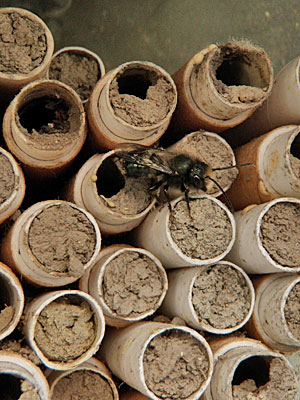
Blue Orchard or Mason bee
The first and most important thing you can do is to be very careful with pesticides when pollinators are active. Even organic pesticides can be toxic to bees and other pollinators, so if you must spray, spray when they are not foraging (early morning or late evening).
To attract some of the native pollinators to your orchard, providing suitable nesting sites or shelter is effective. The Mason bee or Blue Orchard bee, Osmia lignaria, is the most well known of these native pollinators. This solitary bee nests in holes plugged by mud. Bundles of straws, drilled blocks of wood, or bundles of hollow reeds can all provide suitable nest holes for these pollinators. The tubes or holes should be 5/16″-3/8″ in diameter and at least 5″ deep. Blocks or straw boxes should be mounted on south or east facing areas out of rainfall. These small bluish black bees are most active late March through mid April and are especially good pollinators for early blooming fruit like plums and cherries.
Other pollinators include the numerous species of bumblebees, Bombus sp., native to our area (more than 30 species!) These colony nesting bees are active from February through late fall, so providing pollen and nectar sources as well as nesting sites can help encourage them. They nest in abandoned mouse nests or clumps of old grass. You can also buy bumblebee nest boxes, or build them from readily available plans. These furry pollinators are especially effective for blueberries and tomatoes. An advantage of both mason bees and bumblebees is that they rarely sting (although they are capable).
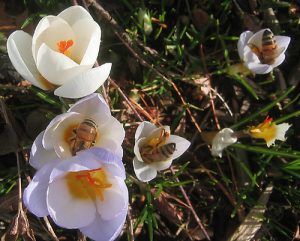 Another easy way to encourage pollinators is to add plants to your orchard or surrounding garden that are attractive to them. If you’ve already planted fruit trees, you need to be aware of bloom times. While the trees are in bloom, April to early May, you have provided a nectar and pollen source for the pollinators. What you do NOT want to do is to plant more sources that bloom at exactly the same time as your fruit trees! One note to remember when planting pollinator attracting plants, is that while native bees and other pollinators will visit a variety of plants on the same trip, honeybees tend to visit one type of plant per trip. Plan for a full year’s bloom to support local pollinators over the long term. This will especially help wild hives of honeybees, which do not go dormant in winter. Bees do rely on ‘wild’ areas and many weedy species as well as those we plant. A diverse selection of perennial and woody plants, along with annuals in the summer, can help not just the honeybees, but other pollinators and beneficial insects.
Another easy way to encourage pollinators is to add plants to your orchard or surrounding garden that are attractive to them. If you’ve already planted fruit trees, you need to be aware of bloom times. While the trees are in bloom, April to early May, you have provided a nectar and pollen source for the pollinators. What you do NOT want to do is to plant more sources that bloom at exactly the same time as your fruit trees! One note to remember when planting pollinator attracting plants, is that while native bees and other pollinators will visit a variety of plants on the same trip, honeybees tend to visit one type of plant per trip. Plan for a full year’s bloom to support local pollinators over the long term. This will especially help wild hives of honeybees, which do not go dormant in winter. Bees do rely on ‘wild’ areas and many weedy species as well as those we plant. A diverse selection of perennial and woody plants, along with annuals in the summer, can help not just the honeybees, but other pollinators and beneficial insects.
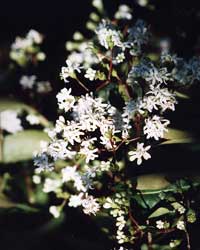
Seven Son Flower
Planning for fall, winter and early spring blooms can help keep those pollinators hanging around your area year round. Some plant to consider for September through February bloom are winter blooming viburnums, crocus, winter blooming heather, Mahonia species and hybrids, including Oregon Grape, Heptacodium micanoides or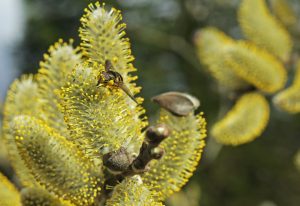
Seven Son flower, pussy willows (the pollen on the catkins are used as bee food), winter hazels, and manzanitas. If you grow overwintering brassicas in your vegetable garden, let some of those go to flower in the spring as well- the bees will thank you! Pussy willows, especially the early blooming native pussy willows, provide a source of pollen “bee bread” in February and March.
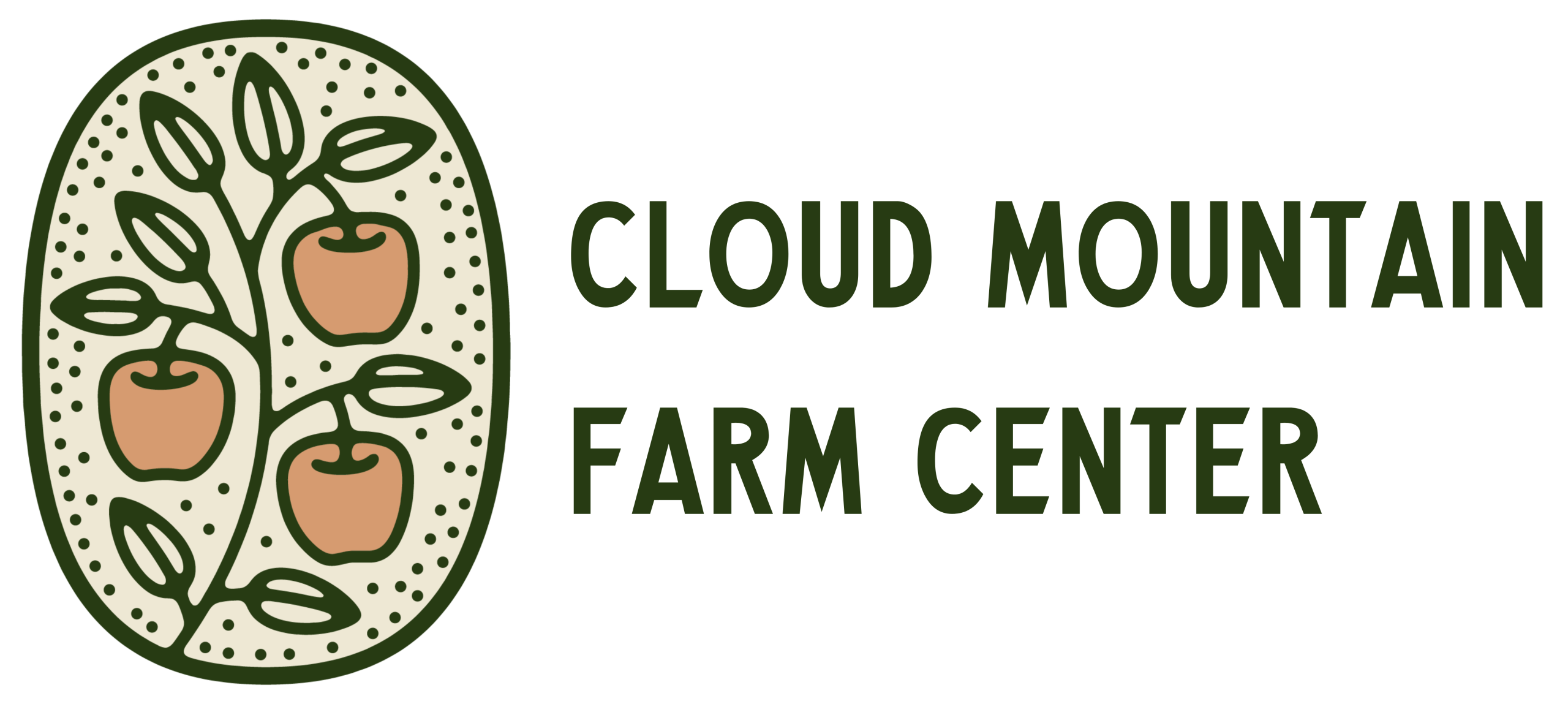

I love this program, I can’t wait to be part of it !!!